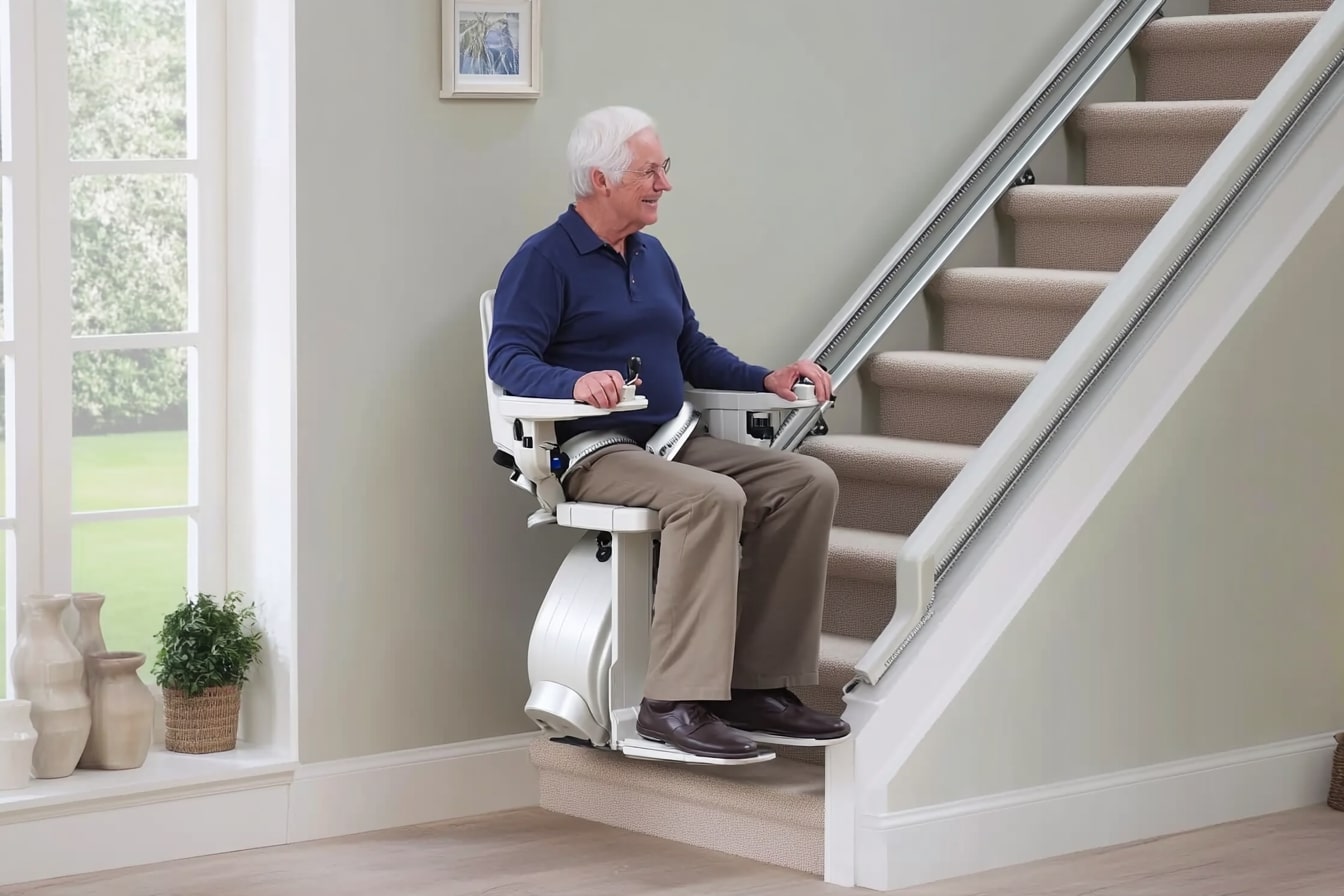Screwless Dental Implants Cost and Benefits in the United States 2025
Did you know screwless dental implants offer a more natural look and greater comfort than traditional dental implants? Learn how this advanced dental technology could simplify your dental care and what to expect in costs for 2025 in the United States.

Dental implant technology has advanced significantly over recent decades, providing patients with multiple options for tooth replacement. Among these innovations, screwless dental implants have emerged as an alternative to conventional screw-retained systems. These implants utilize different attachment mechanisms, often relying on cement or adhesive bonding to secure the prosthetic crown to the implant abutment. This approach can offer distinct advantages in certain clinical situations, particularly for patients with specific anatomical or aesthetic needs.
Understanding Screwless Dental Implants
Screwless dental implants differ from traditional implants primarily in how the prosthetic tooth attaches to the implant fixture. In conventional systems, a screw passes through the crown and secures it to the abutment. Screwless systems eliminate this screw, instead using cement to bond the crown directly to the abutment. This design can provide a more seamless appearance since there is no access hole in the biting surface of the crown. The implant itself still integrates with the jawbone through osseointegration, the same biological process used in all dental implants. The primary distinction lies in the final restoration phase, where the prosthetic tooth is attached. Screwless implants may be preferred in cases where aesthetics are paramount, particularly in the front teeth where any visible screw access hole could compromise the natural appearance.
Considerations for Eligibility
Not every patient is an ideal candidate for screwless dental implants. Several factors influence eligibility, including bone density, overall oral health, and the specific location of the missing tooth. Adequate jawbone volume is essential for any implant to achieve proper stability and long-term success. Patients who have experienced significant bone loss may require bone grafting procedures before implant placement. Additionally, individuals with uncontrolled diabetes, certain autoimmune conditions, or those who smoke heavily may face higher risks of implant failure. A thorough evaluation by a qualified dental professional, including imaging studies and health assessments, is necessary to determine suitability. Age alone is not a disqualifying factor, and many seniors successfully receive dental implants. However, individual health status and bone quality are more critical determinants than chronological age.
Potential Benefits of Screwless Dental Implants
Screwless dental implants offer several advantages that may appeal to patients and practitioners. One of the most notable benefits is improved aesthetics, particularly for front teeth restorations. Without a screw access hole, the crown can be designed with uninterrupted enamel-like surfaces, enhancing the natural appearance. This design also simplifies the crown fabrication process in some cases, as the technician does not need to account for screw channel placement. Additionally, cemented restorations can provide better passive fit in certain situations, potentially reducing stress on the implant and surrounding bone. Some patients also report that cemented crowns feel more like natural teeth. However, it is important to note that screwless implants can be more challenging to remove or adjust if complications arise, since the crown is permanently cemented rather than screw-retained. This trade-off between aesthetics and retrievability is an important consideration during treatment planning.
Cost Overview in the United States for 2025
The cost of screwless dental implants in the United States varies based on geographic location, the complexity of the case, the materials used, and the experience of the dental professional. For 2025, patients can generally expect the following cost ranges for a single screwless dental implant, including the implant fixture, abutment, and crown. These estimates reflect typical pricing but do not account for additional procedures such as bone grafting, sinus lifts, or extractions, which can increase the total investment.
| Component | Provider Type | Cost Estimation |
|---|---|---|
| Single Screwless Implant (Complete) | General Dentist | $3,000 - $4,500 |
| Single Screwless Implant (Complete) | Periodontist/Oral Surgeon | $3,500 - $5,500 |
| Single Screwless Implant (Complete) | Prosthodontist | $4,000 - $6,000 |
| Bone Grafting (if needed) | Specialist | $500 - $3,000 |
| Sinus Lift (if needed) | Specialist | $1,500 - $3,500 |
Prices, rates, or cost estimates mentioned in this article are based on the latest available information but may change over time. Independent research is advised before making financial decisions.
Costs can differ substantially between urban and rural areas, with metropolitan regions typically commanding higher fees due to increased overhead and demand. Patients should obtain detailed treatment plans and cost breakdowns from multiple providers to make informed comparisons. Some dental practices offer package pricing that bundles the implant, abutment, and crown, while others itemize each component separately.
Information on Insurance and Payment Options
Dental insurance coverage for implants remains limited, as many plans classify implants as elective or cosmetic procedures. However, some insurance policies may cover a portion of the implant cost, particularly if the tooth loss resulted from an accident or medical condition. Patients should carefully review their policy details and contact their insurance provider to understand what benefits, if any, apply to dental implants. Many dental offices employ insurance coordinators who can help verify coverage and submit claims on behalf of patients. For those without insurance coverage or with limited benefits, several financing options exist. Many dental practices partner with third-party financing companies that offer payment plans with varying interest rates and terms. Health savings accounts and flexible spending accounts can also be used to pay for dental implants with pre-tax dollars, providing some financial relief. Additionally, dental schools and community health centers may offer implant services at reduced rates, though treatment timelines may be longer due to the educational nature of these settings.
Screwless dental implants represent a viable option for patients seeking tooth replacement with enhanced aesthetic outcomes. While they offer distinct benefits in terms of appearance and crown design, the decision to pursue this treatment should be based on a comprehensive evaluation of individual needs, eligibility factors, and financial considerations. Costs in 2025 remain substantial, and patients are encouraged to explore all available insurance benefits and payment options. Consulting with experienced dental professionals and conducting thorough research will help ensure informed decision-making and successful treatment outcomes.




